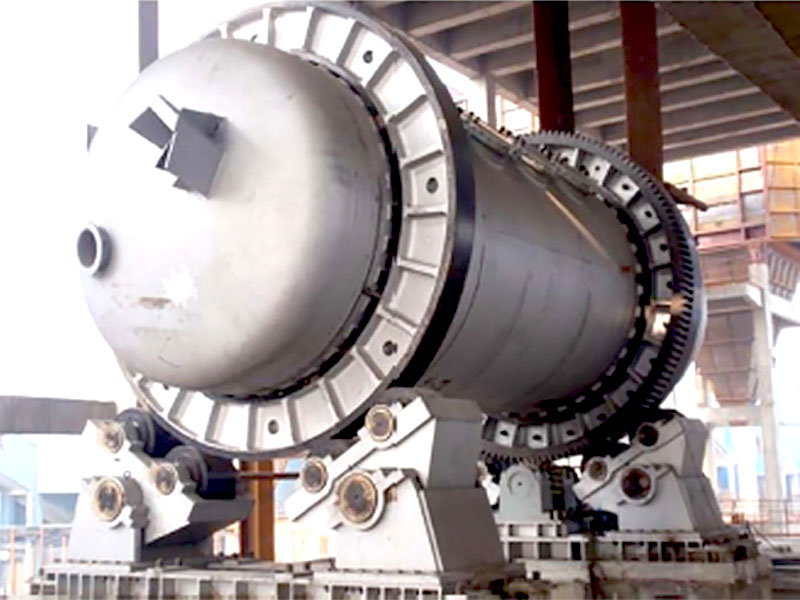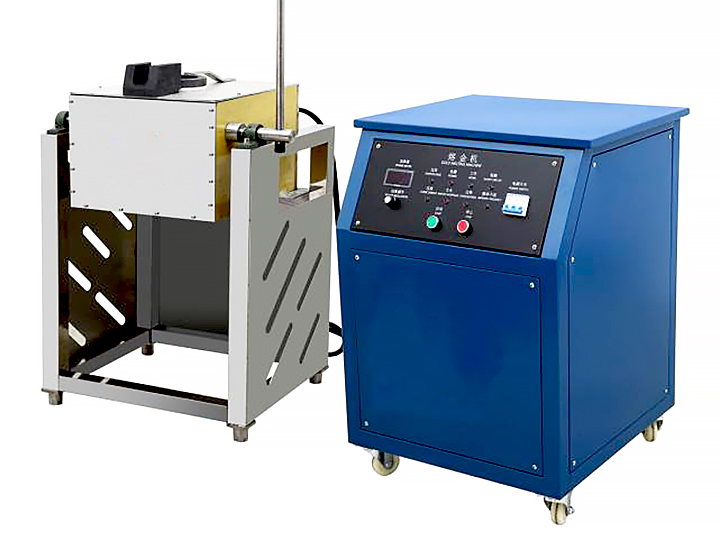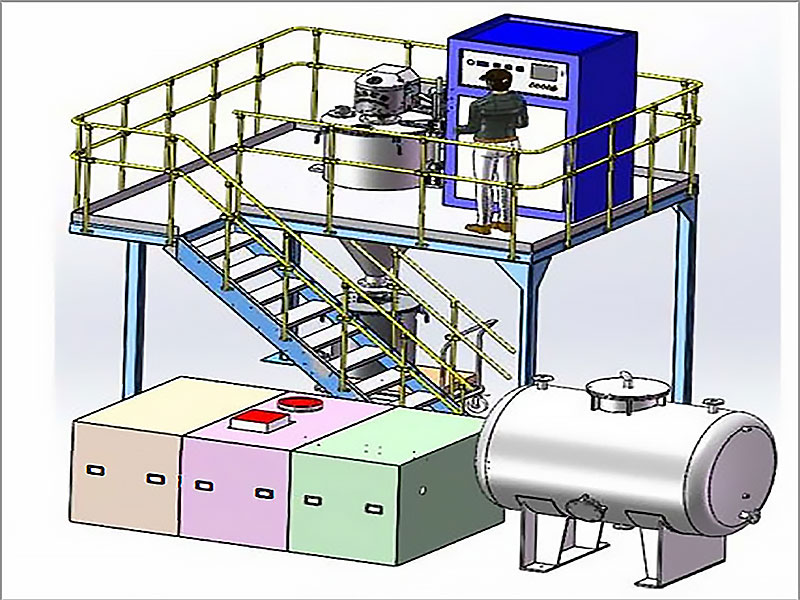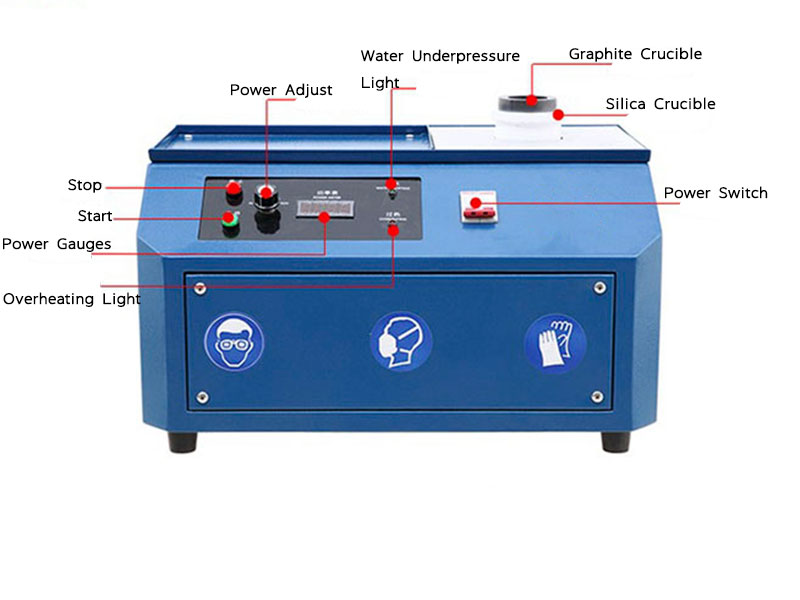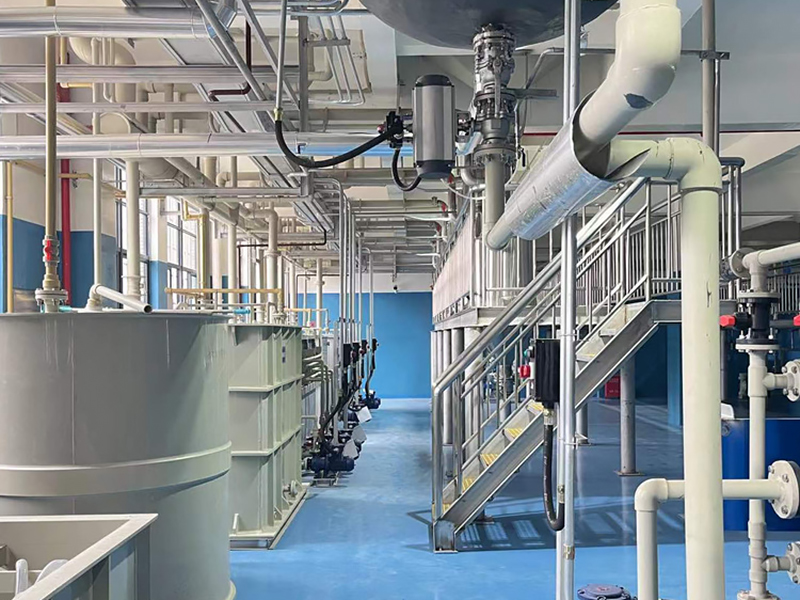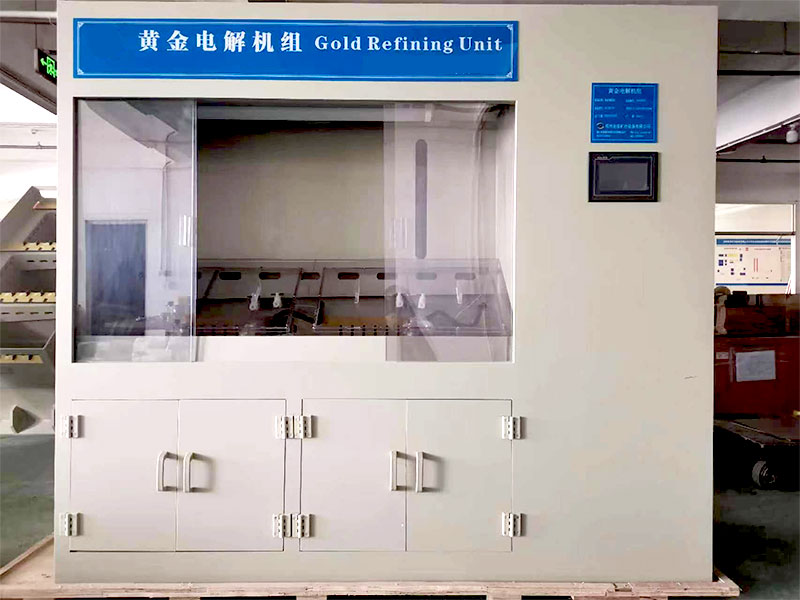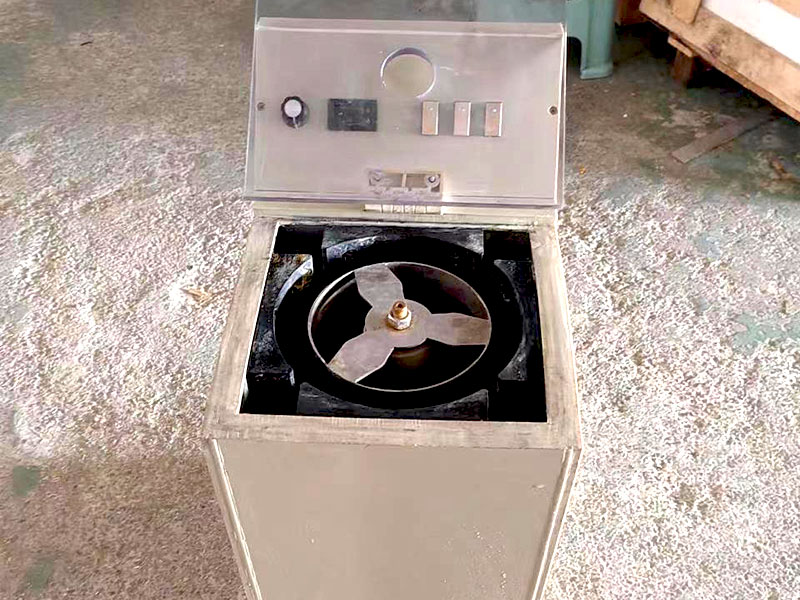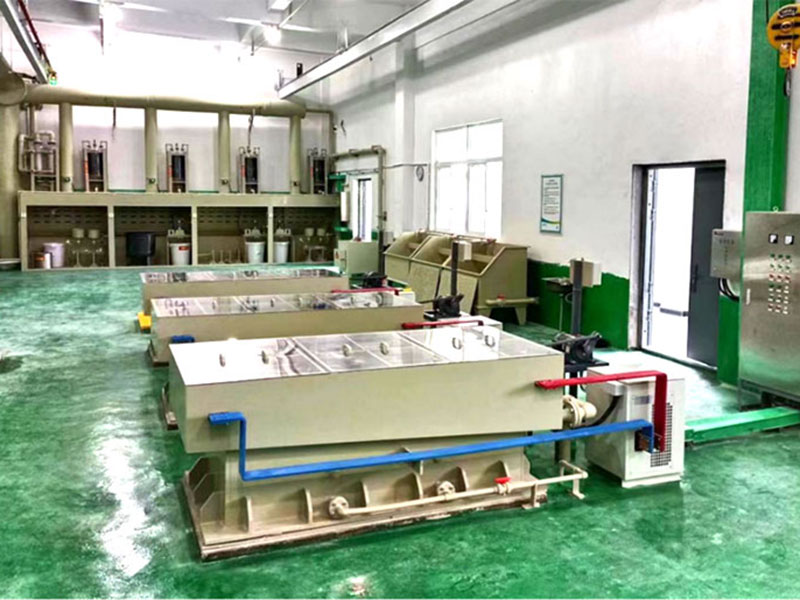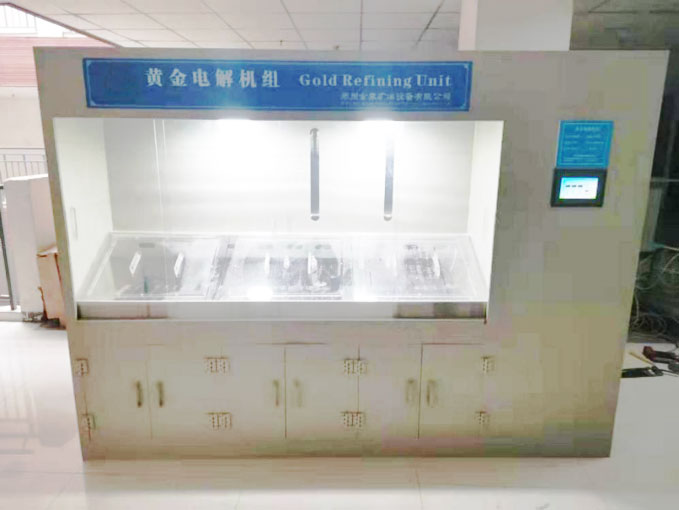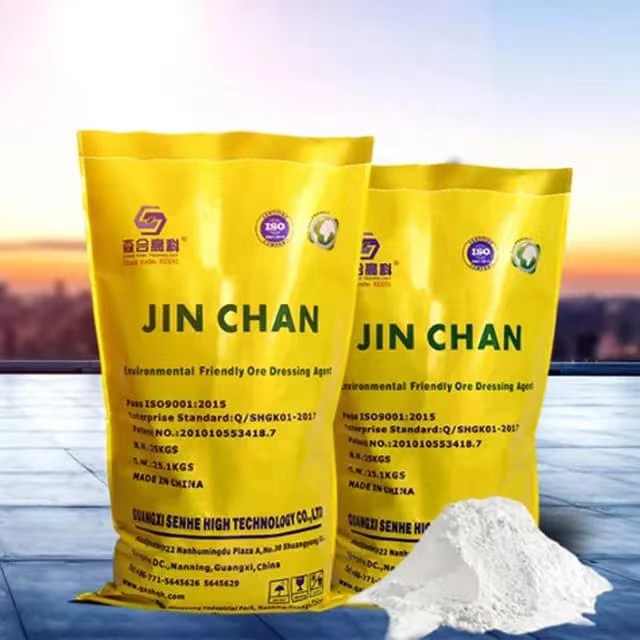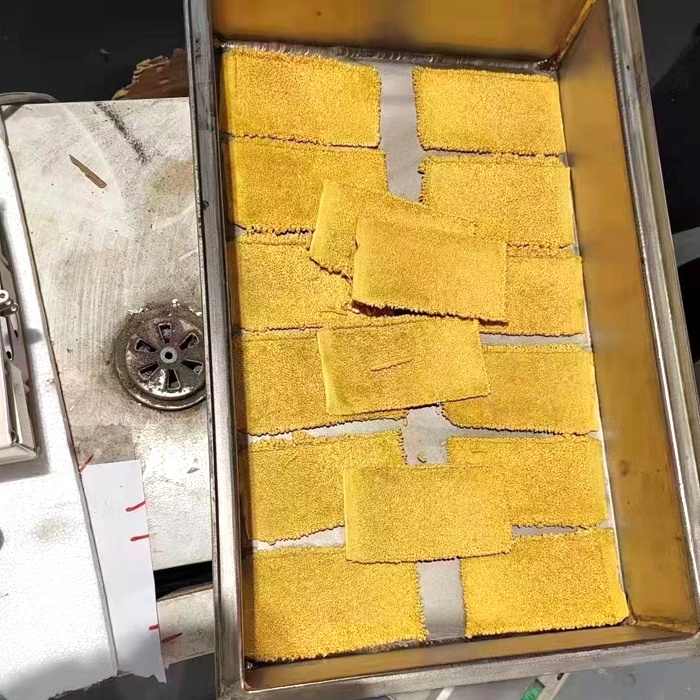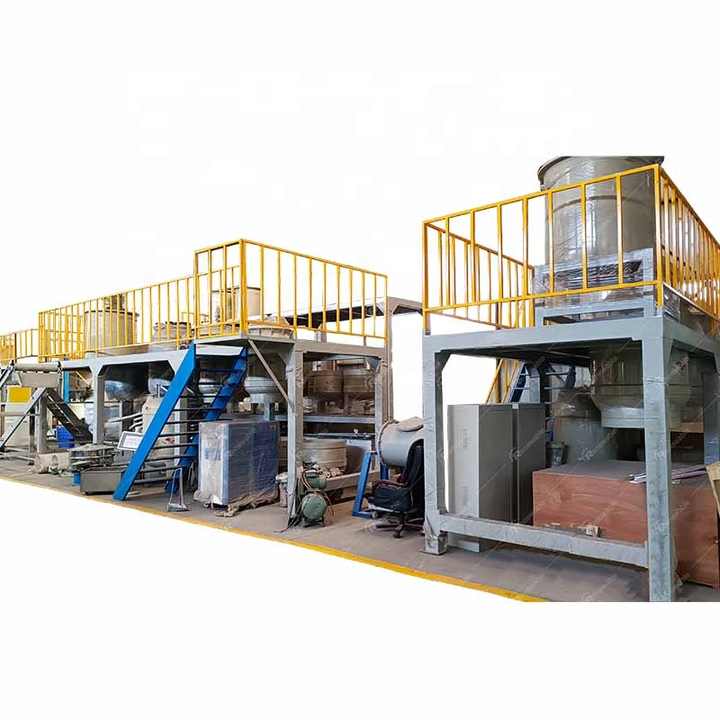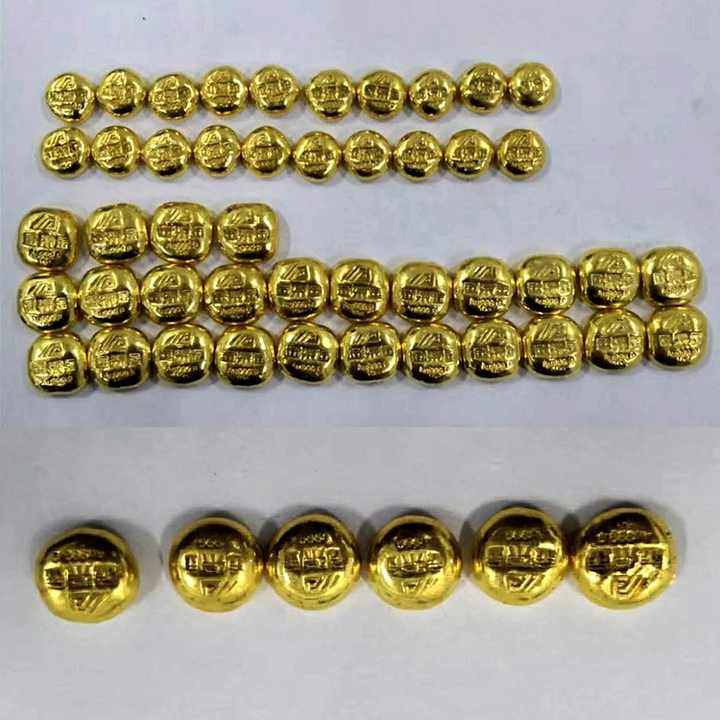Details
- Home
- refining gold
refining gold
Table of Contents
ToggleRefining Gold: Techniques, Equipment, Applications, and Industry Outlook
Gold refining is a critical process in the production of pure gold. This process removes impurities and extracts valuable elements from raw gold, ensuring that the final product meets industry standards. This article delves into the various aspects of refining gold, including the technical methods, production equipment, applications, and the future outlook of the industry.
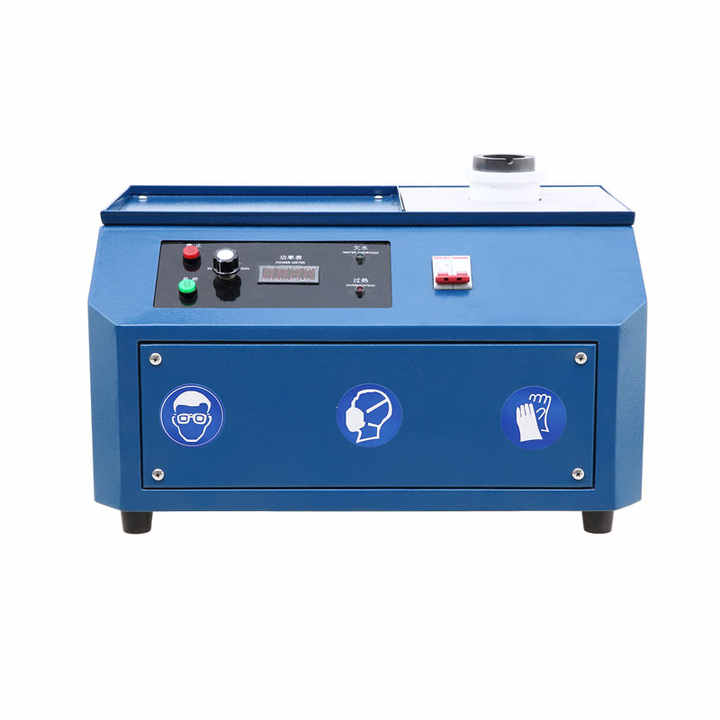
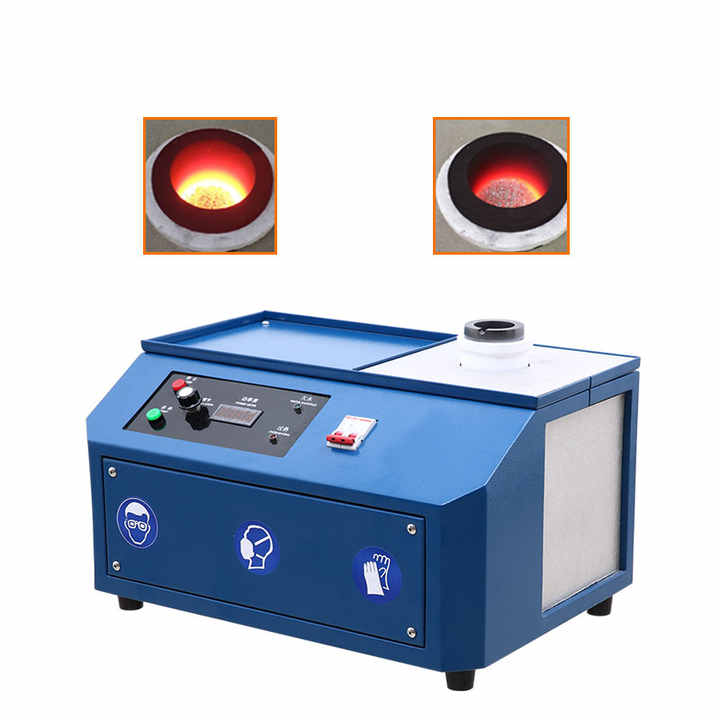
Technical Methods of Refining Gold
Refining gold involves several technical processes aimed at removing impurities and enhancing the purity of the metal. The two primary methods used in gold refining are the Miller process and the Wohlwill process.
- The Miller Process: This method is commonly used in the initial stages of refining gold. It involves blowing chlorine gas through the molten gold. The chlorine reacts with the impurities, forming chlorides that rise to the surface and can be easily removed. The Miller process is known for its efficiency and is capable of producing gold with a purity of approximately 99.5%. However, it is not the final step in refining gold, as it leaves trace amounts of impurities.
- The Wohlwill Process: This method is used to achieve higher levels of purity. It involves electrolysis, where gold is dissolved in a mixture of hydrochloric acid and gold chloride. The gold is then deposited onto a cathode, producing gold with a purity of up to 99.99%. The Wohlwill process is more time-consuming and costly than the Miller process, but it is essential for producing the highest quality gold.
In addition to these primary methods, other techniques like cupellation, inquartation, and parting are used in specific scenarios, especially when dealing with gold alloys or low-grade gold ores. Each method has its advantages and is chosen based on the purity requirements and the nature of the raw material.
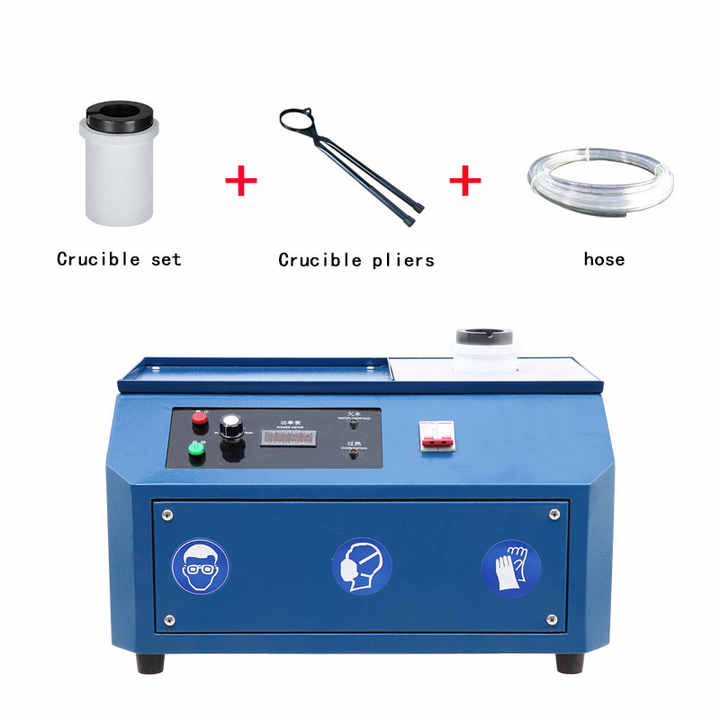
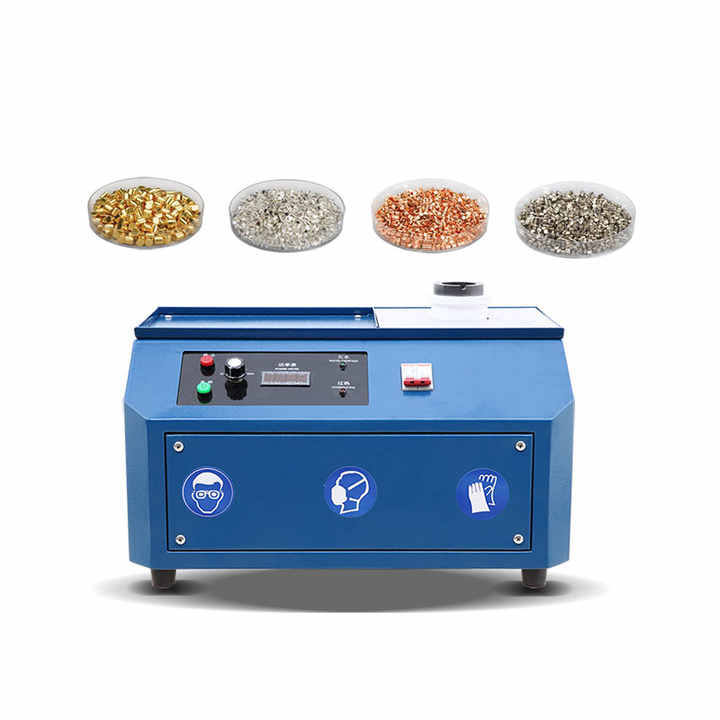
Production Equipment for Refining Gold
Refining gold requires specialized equipment designed to handle high temperatures and corrosive chemicals. The choice of equipment depends on the refining method and the scale of production.
- Crucibles and Furnaces: Crucibles made of graphite or ceramic are essential in the initial stages of refining gold. These containers can withstand the high temperatures needed to melt gold and other metals. Furnaces, whether gas-fired, electric, or induction, are used to maintain these temperatures throughout the refining process.
- Electrolytic Cells: In the Wohlwill process, electrolytic cells are crucial. These cells contain the electrolyte solution and are equipped with cathodes where the pure gold is deposited. The cells must be made of materials that resist the corrosive effects of the electrolyte.
- Chlorine Gas Generators: For the Miller process, chlorine gas generators are used to produce the chlorine needed to react with the impurities in molten gold. These generators must be carefully controlled to ensure the correct amount of chlorine is introduced.
- Filtration and Waste Management Systems: Refining gold produces waste materials, including toxic by-products like mercury and lead. Proper filtration systems are necessary to capture and neutralize these by-products, ensuring that the refining process complies with environmental regulations.
The use of advanced automation and control systems in gold refining is also becoming increasingly common. These systems enhance precision, improve safety, and reduce labor costs, making the refining process more efficient.
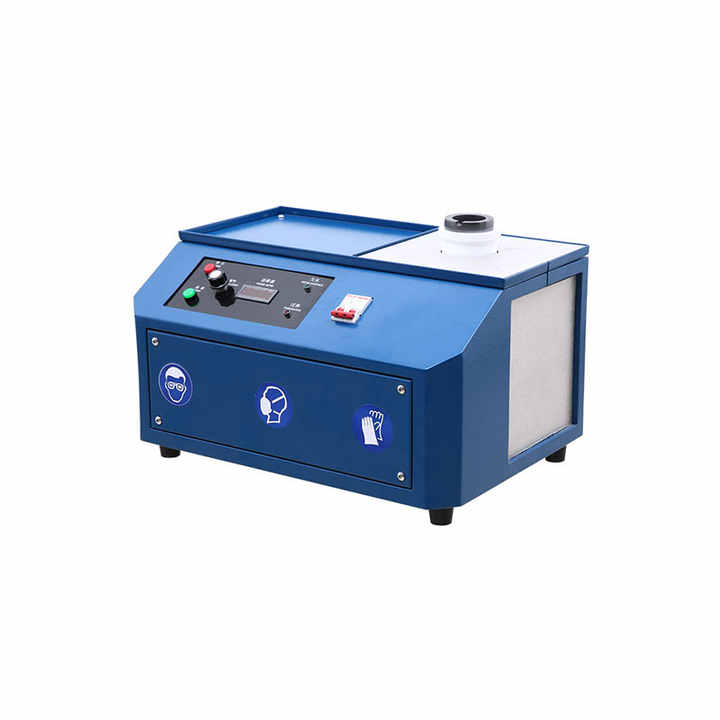
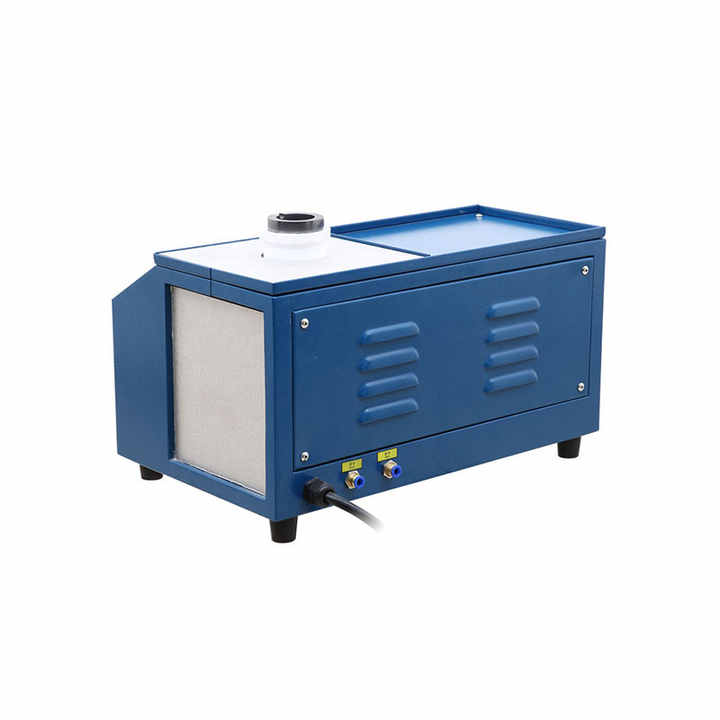
Applications of Refined Gold
Refined gold has a wide range of applications, thanks to its purity and physical properties. Some of the most common applications include:
- Jewelry Manufacturing: The most well-known use of refined gold is in the production of jewelry. High-purity gold is highly valued for its luster and durability. Gold alloys, which include small amounts of other metals, are also used to produce various colors and enhance the strength of the final product.
- Electronics: Gold’s excellent conductivity and resistance to corrosion make it an ideal material for electronic components. Refined gold is used in connectors, switches, and other critical components in electronic devices, ensuring reliable performance and longevity.
- Investment and Finance: Gold is a key asset in the financial industry. Refined gold bars and coins are used in investment portfolios, as they are seen as a hedge against inflation and economic instability. Central banks also hold large reserves of refined gold as part of their monetary policy.
- Medical and Dental Applications: In the medical field, refined gold is used in dental work, such as crowns and bridges, due to its biocompatibility and resistance to tarnish. It is also used in some medical devices and treatments, including certain types of cancer therapy.
Industry Outlook for Gold Refining
The gold refining industry is poised for significant growth in the coming years, driven by increasing demand for high-purity gold across various sectors. The global gold market is expected to expand due to the rising demand for gold jewelry, electronic components, and investment products.
- Technological Advancements: Innovations in refining techniques and equipment are likely to improve efficiency and reduce costs. The development of environmentally friendly refining methods, such as the use of non-toxic chemicals and recycling technologies, is also expected to gain traction.
- Sustainability: As environmental concerns become more prominent, the gold refining industry is under pressure to adopt sustainable practices. This includes reducing emissions, managing waste, and sourcing raw materials from ethical and responsible sources.
- Geopolitical Factors: The industry is also influenced by geopolitical factors, including trade policies and regulations. Gold refining companies must navigate these challenges to ensure a stable supply of raw materials and access to global markets.
- Market Trends: The demand for gold in emerging markets, particularly in Asia, is expected to drive growth in the refining industry. Additionally, the increasing use of gold in technology and the financial sector will continue to fuel demand for refined gold.
In conclusion, refining gold is a complex and essential process that plays a crucial role in various industries. As technology advances and sustainability becomes a priority, the gold refining industry is set to evolve, offering new opportunities and challenges.

